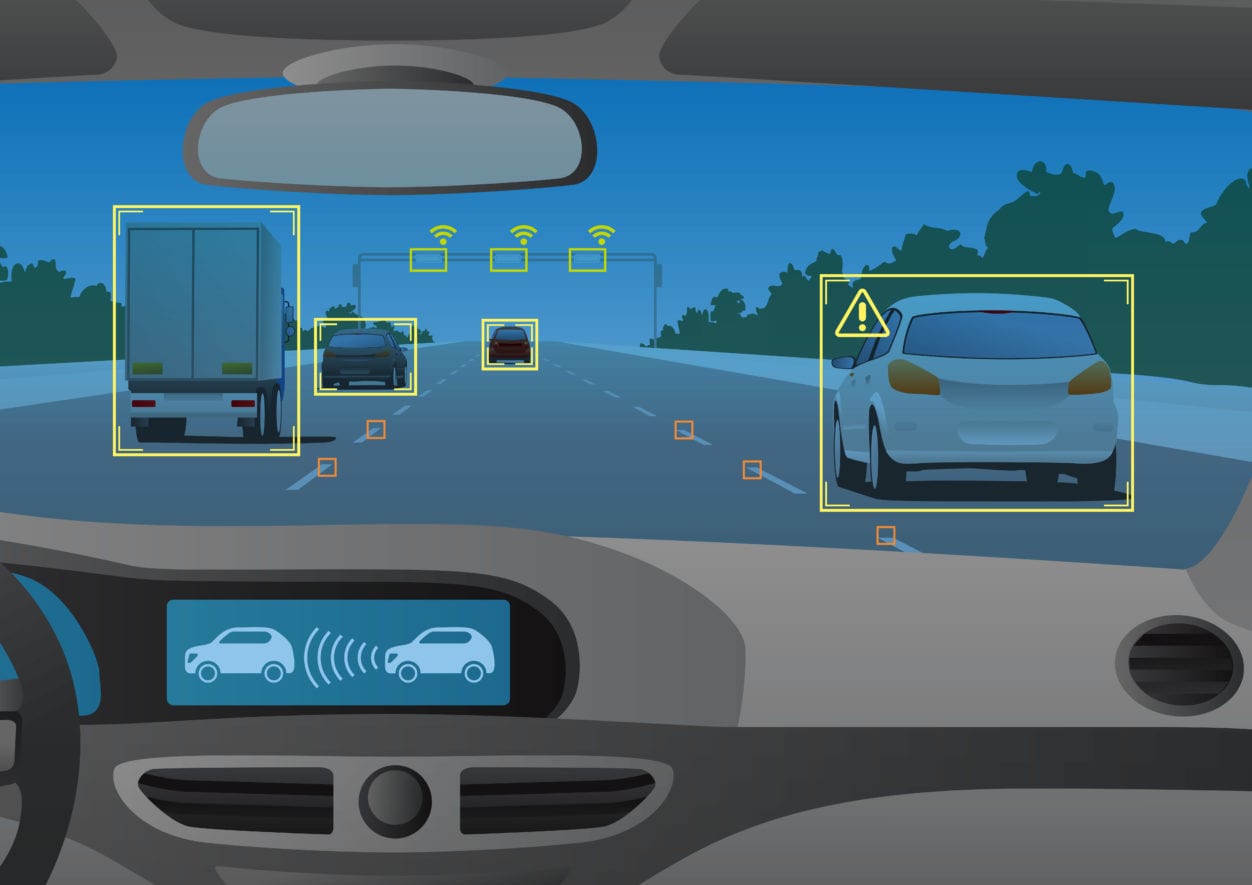Pihl Law Corporation has worked for people injured in motor vehicle accidents for a long time. Over the years we have gained a large volume of expertise helping people obtain the proper compensation against the at fault drivers. Many of the cases we handle are tragic for the people involved, with people sustaining life changing injuries. Even though we are professionals retained to help our clients deal with the complex legal issues, the stories of the injured victims for whom we work, cannot help but touch us. It is for these reasons that our firm watches with interest the development of autonomous vehicles.
Autonomous vehicles are being developed by Google. They are usually electric vehicles, but do not have to be. Some of them have a full set of operating controls, a steering wheel and brakes, so that an occupant in the driver’s seat can assume control at any time. Other autonomous vehicles are fully robotic, without any pedals or steering wheel. Googles has converted a number of different vehicles (for example a Toyota, an Audi, a Lexus) to autonomous vehicles, as well as built some vehicles from the ground up. Googles autonomous vehicles are reported to have some limitations. For example they do not respond to temporary traffic lights, have difficulty distinguishing non harmful objects on the road, seeing pot holes, or hand signals of traffic controllers.
Google’s website indicates that the autonomous cars have driven 2.4 million kilometers, and that they are currently testing in cities in 4 states. As of July 2015, after having driven approximately 1.6 million kilometers, it was reported that the autonomous vehicles had been involved in 14 accidents. However of these 14, Google advises that 8 involved their vehicles being rearended by other drivers, who were at fault for the accidents, or when humans were actually driving the autonomous vehicles. Googles position is that none of the accidents were as a result of a failure in the autonomous vehicle system. Early indications are that if autonomous vehicles can replace current driver operated vehicles they will likely reduce traffic accidents.
There are many challenges ahead. Google needs to refine and test their vehicles further. Legislation which is made for ‘driven vehicles’ needs to be amended across North America. The cost of vehicle production involving the lazars and equipment for autonomous vehicles needs to be made reasonable. If these challenges can be met, however, the upside of autonomous vehicles could be enormous. People make errors in judgement and cause car accidents. People have become increasingly interested in their electronic devices, and distracted driving (texting, talking on the phone, looking at websites while driving) has increased, despite it being patently dangerous. Developing an autonomous car that could be massed produced for the everyday consumer could have a significant impact on ameliorating these factors. Fewer accidents, means fewer personal tragedies and lower insurance rates.
We will keep our eyes on this developing research. In the meantime, we will continue to help those injured in motor vehicle accidents. If Google can make autonomous vehicles cost effective, such that many of the people opt for these vehicles, when they replace their existing vehicles, early indications are any decrease in traffic accidents would be a boon for motorists.
The information provided above is for educational purposes only. This information is not intended to replace the advice of a lawyer or address specific situations. Your personal situation should be discussed with a lawyer. If you have any questions or concerns, contact a legal professional.
